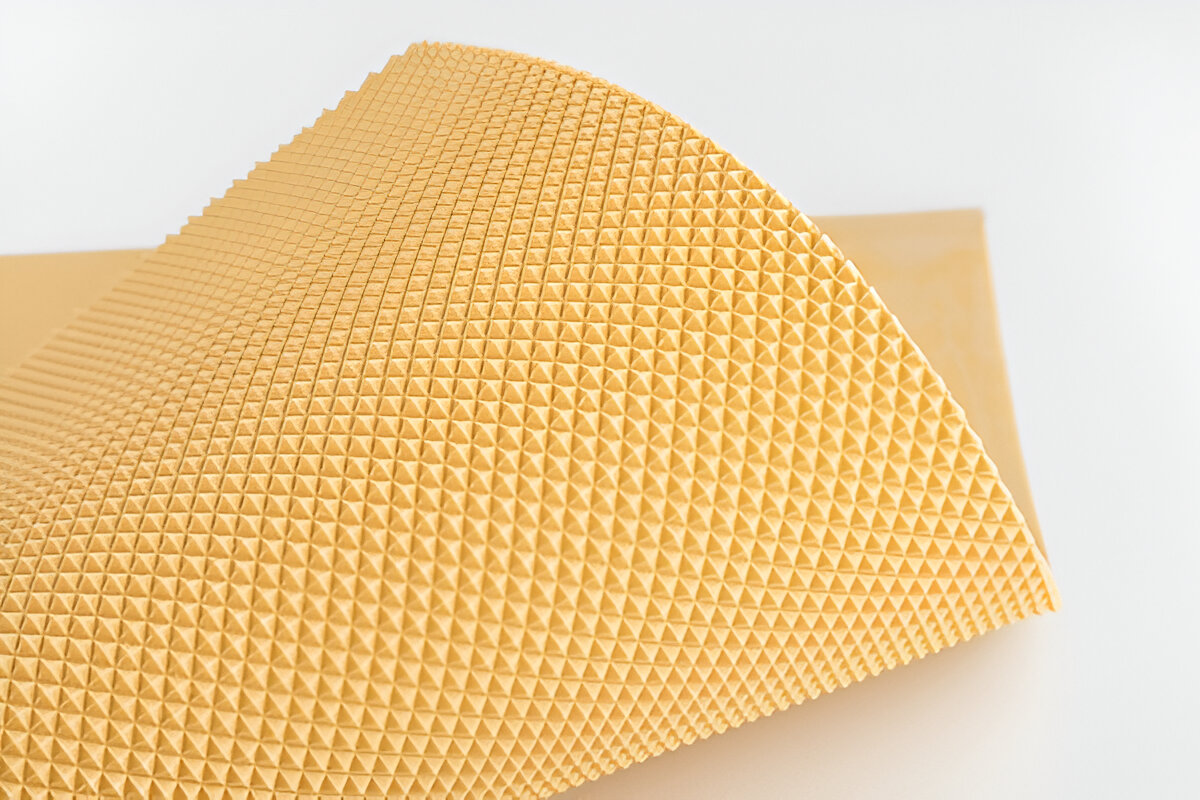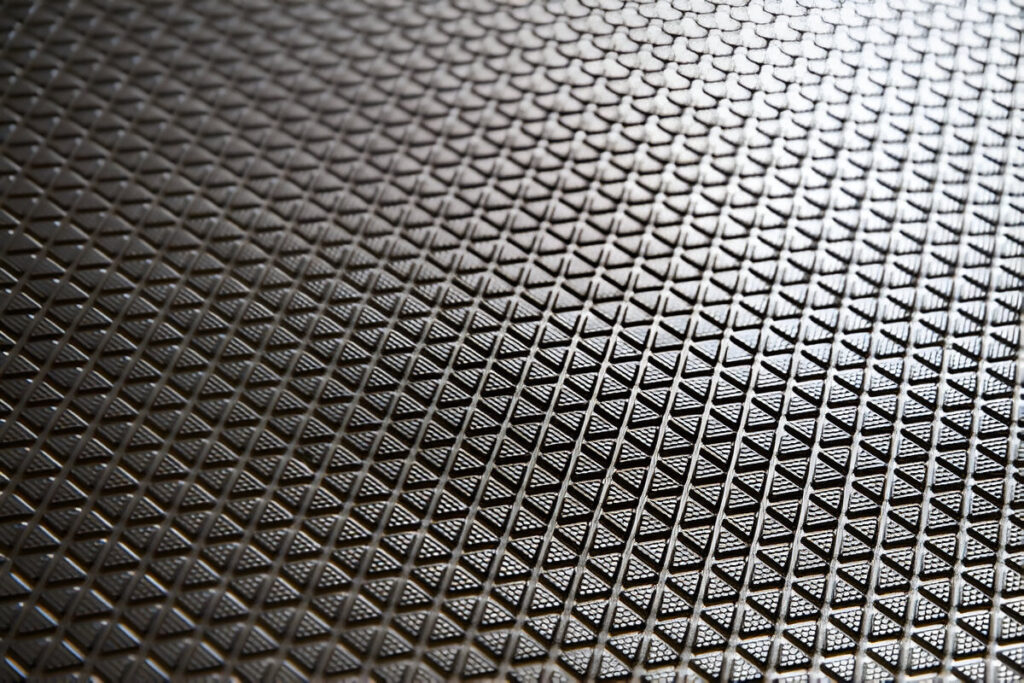Best Practices for Improving Workplace Safety with Non Slip Rubber Mat
Have you ever walked across a wet factory floor and felt your heart skip a beat because it was so...

Have you ever walked across a wet factory floor and felt your heart skip a beat because it was so slippery? Or maybe you stepped into an office lobby on a rainy morning, only to notice a pool of water near the entrance that made your shoes skid. These scenarios highlight how easily slips, trips, and falls can occur. They also demonstrate why addressing slip hazards, trip hazards, and fall hazards is absolutely key for any Australian workplace.
In this blog post, you’ll discover ways to minimise the risks linked to slippery hazards, particularly by using non-slip rubber mats. You’ll get a quick snapshot of the main challenges businesses face when it comes to slips trips and falls, plus how non-slip mats help combat these issues. We’ll also touch on crucial factors such as placement, maintenance, and employee education—giving you a comprehensive roadmap for a safer, more secure work environment.
By the end, you’ll understand why non-slip mats a temporary fix aren’t just. Instead, they’re a vital piece of any broader slip trip fall prevention strategy. When used correctly, they can help keep everyone—staff, visitors, and customers—free from harm. So let’s get stuck into the details and see how you can shield your workspace from those sneaky slip & fall incidents.
Understanding Slippery Hazards and Common Causes
Slippery hazards often emerge from day-to-day activities that many of us barely notice. For example, water spills, leaks, and even condensation can quickly turn a dry floor into a serious slip hazard. Similarly, dust, oil, and even loose materials like packaging can create a slippery hazard if not tidied up. In Australian workplaces, a combination of wet weather, industrial processes, and repeated foot traffic compound the risk of slips trips and falls.
One of the most common causes of slips trips falls is the presence of liquids on smooth surfaces. Oil spillages in garages or kitchens, water from mopping, and even leftover soap residue can reduce traction. Another big culprit is clutter, like stray cables or disorganised tools that turn walkways into an obstacle course. Then there are uneven surfaces—broken tiles, worn carpets, or frayed floor coverings—contributing to an increased trip slip risk. Each of these hazards can lead to injuries, work absences, and unexpected costs for your business.
Conducting a Slips and Trips Risk Assessment
A thorough slips and trips risk assessment helps you spot issues before they turn into bigger problems. By looking at how your workplace functions, you can figure out key areas that might contribute to slips, trips, or falls. Then, you can map out a plan to fix or minimise them, ensuring everyone in your organisation feels more secure.
Each sector faces unique slipping hazard challenges. In hospitality, spilled drinks or recently cleaned floors can be an immediate concern. Meanwhile, construction sites might wrestle with uneven surfaces, random debris, or wet weather conditions. Warehouses often have to manage high-traffic zones with heavy machinery and stacked goods. The key is to assess your specific environment—whether it’s an office, a shop, or a fast-paced factory floor—and zero in on potential slip hazard or trip hazard areas. The aim is to create a proactive approach that targets hazards before they affect anyone’s safety.
Choosing the Right Non-Slip Rubber Mat
Non-slip rubber mats come in a variety of shapes, sizes, and designs, each offering unique benefits that can lower slip & fall risks. While all rubber mats aim to improve traction, some are built for added comfort or drainage, while others focus on heavy-duty durability. Knowing which features line up with your workplace needs is crucial for achieving the best results.
Anti-fatigue mats, often used in areas where employees stand for extended periods, help reduce stress on feet and joints. Drainage mats, on the other hand, come with holes or channels that let liquids pass through, keeping the surface dry. There are also general-purpose mats designed to boost traction in both wet and dry settings. Choosing the right mat depends on the type of work, the presence of liquids or debris, and how much foot traffic passes through the area.

Best Practices for Installing Non-Slip Rubber Mats
So, you’ve picked out your ideal non-slip rubber mats fantastic! Now it’s time to install them properly. The placement, positioning, and method of installation all influence how well they guard against slip and fall incidents. A carefully planned setup can make a huge difference in your safety outcomes.
Prioritise strategic spots where slip hazard or trip hazard incidents are most likely. Entrances, whether from outside or between different sections of the building, almost always need mats to capture moisture from footwear. In production zones or kitchens, position mats in areas where spills or splashes are common. Don’t forget transitional spaces, such as steps or ramps, which can become a major slipping hazard if not addressed. By placing mats in these targeted areas, you’ll help prevent trip slips and falls before they happen.
Maintaining and Replacing Non-Slip Rubber Mats
Even high-quality mats won’t last forever. Regular cleaning and inspections are essential to preserve their effectiveness. A poorly maintained mat could become a liability rather than a protective tool. By incorporating regular checks into your workplace routine, you’ll extend each mat’s lifespan and keep slippery hazards at bay.
Depending on the mat’s design, you might sweep it daily and hose it down weekly. For drainage mats, remove any debris that gets stuck in the holes so water can flow freely. In some industries, mats might also need disinfecting to comply with cleanliness standards, particularly in food handling or healthcare contexts. By keeping mats clean, you remove substances that could reduce traction, making slips and trips far less likely.
Conclusion
Keeping your workforce safe from slips trips and falls isn’t rocket science, but it does take a structured approach. From identifying slip hazards to installing the right non slip rubber mats, each step works together to create a solid safety net in your workplace. By looking at the big picture—prevention, education, and frequent reviews—you’ll build an environment where employees feel confident and motivated to focus on their tasks rather than worry about lurking dangers.
Most importantly, never underestimate the importance of choosing the correct mat. Different environments call for different styles and knowing exactly what your workplace needs is half the battle. Combine that with routine cleaning, regular checks, and adequate training, and you’ll significantly decrease the risk of slip trip fall incidents. When everyone understands their role in maintaining a slip hazard-free environment, you’re far more likely to achieve consistent, positive safety outcomes.



